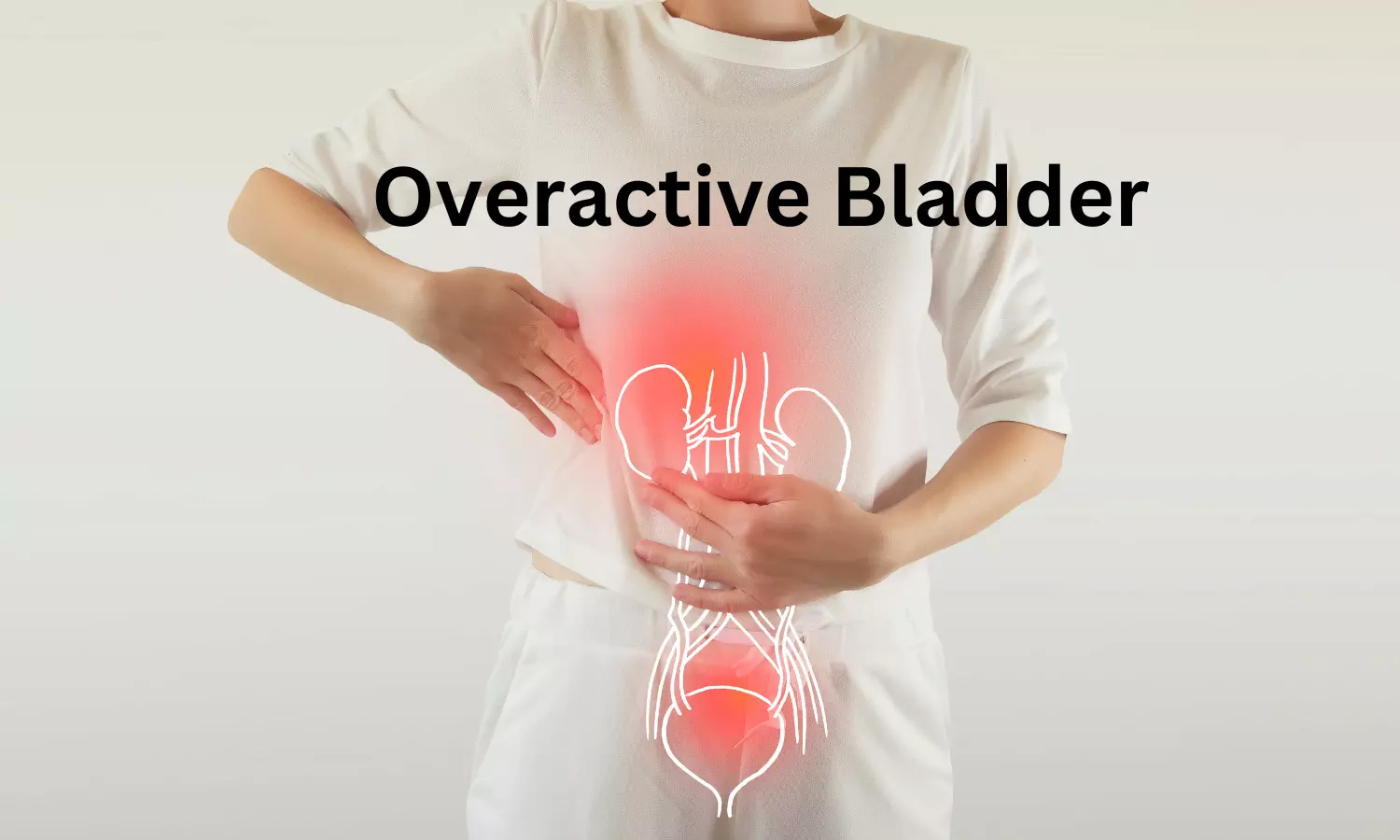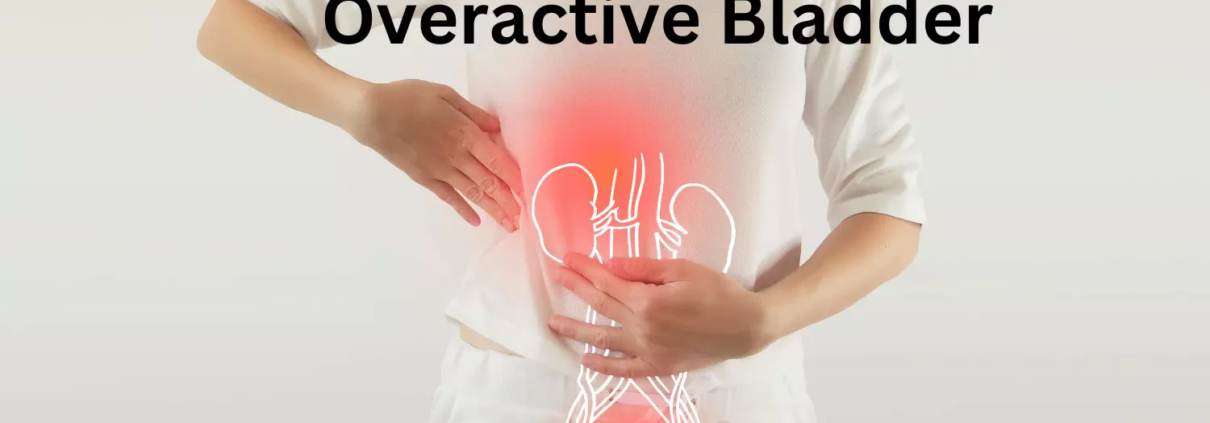Behavioral Therapy Noninferior to Drug Treatment for Overactive Bladder in Parkinson’s Disease: JAMA

A new study published in the Journal of American Medical Association showed that behavioral therapy is as effective as drug therapy in managing overactive bladder (OAB) symptoms in patients with Parkinson’s disease. These results support considering behavioral therapy as a first-line treatment option in clinical guidelines for urinary symptoms in PD.
The symptoms of OAB in PD might be exacerbated by the negative effects of medication. Exercise-based behavioral treatment for the pelvic floor muscles prevents drug side effects. Thus, to determine if behavioral treatment is superior than solifenacin medication therapy for OAB symptoms in people with Parkinson’s disease, this study was carried out.
In 4 US Veterans Affairs health care systems, a 12-week randomized noninferiority experiment comparing behavioral treatment to solifenacin was carried out between 2018 and 2023. In addition to having a Montreal Cognitive Assessment (MOCA) score of 18 or higher (range: 0-30) and an International Consultation on Incontinence Questionnaire OAB module (ICIQ-OAB) symptom score of 7 or higher (range: 0-16; a higher score indicates worse symptoms), eligible participants were diagnosed with PD by a movement disorder neurologist. Following stratification by sex, recruitment site, severity of OAB, and severity of PD motor symptoms, participants were randomized 1:1. Analysis took place between October 2023 and April 2024.
The behavioral treatment included urge suppression techniques and training for the pelvic floor muscles. Starting at 5 mg per day, solifenacin treatment can be increased to 10 mg per day as necessary. The main result was the 12-week ICIQ-OAB score, which was within a 15% noninferiority margin for all groups. For eight weeks, adverse events were evaluated every two weeks and then again at twelve weeks.
A total of 77 individuals with Parkinson’s disease (65 [84%] men; mean [SD] age, 71.3 [8.9] years; mean [SD] years with PD, 6.6 [5.8]) were randomly assigned to either behavioral therapy (n = 36) or medication therapy (n = 41). The trial was finished by 73 individuals (4 dropped out in the drug group). MOCA score (mean [SD], drug, 23.9 [3.1]; behavioral, 24.8 [3.3]) and ICIQ-OAB score (mean [SD], drug, 9.1 [1.7]; behavioral, 8.5 [1.4]) were among the baseline variables that were equal for each group.
Within the a priori noninferiority margin of 15%, ICIQ-OAB scores at 12 weeks post-randomization showed clinically meaningful improvement across groups (mean [SD] score, drug, 5.8 [2.4]; behavioral, 5.5 [2.0]; P =.02). Falls and dry mouth were reported more often in the medication group than in the behavioral group. Overall, the findings of this trial found that behavioral treatment can help PD patients with their OAB symptoms just as well as medication therapy.
Reference:
Vaughan, C. P., Morley, J. F., Lehosit, J., McGwin, G., Muirhead, L., Khakharia, A., Johnson, T. M., 2nd, Evatt, M. L., Sergent, T., Burgio, K. L., & Markland, A. D. (2025). Behavioral compared with drug therapy for overactive bladder symptoms in Parkinson disease: A randomized noninferiority trial: A randomized noninferiority trial. JAMA Neurology. https://doi.org/10.1001/jamaneurol.2025.1904



